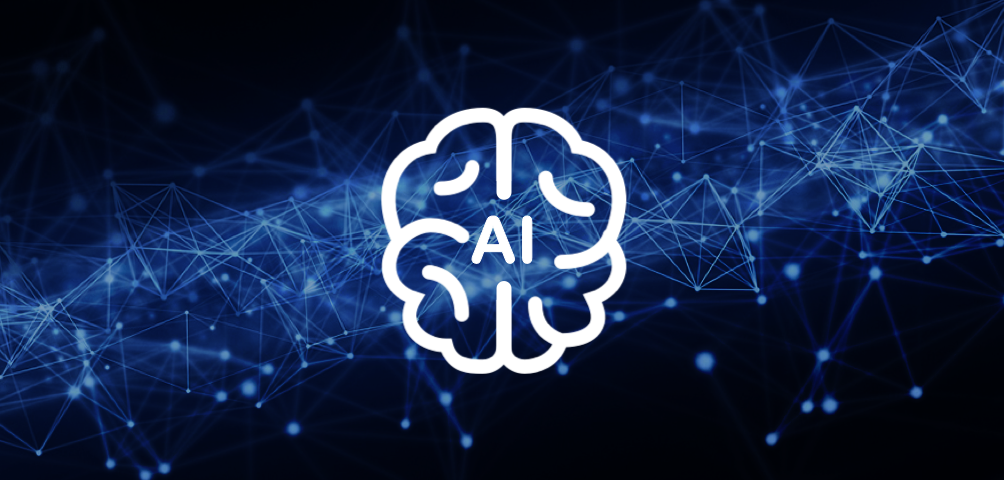Artificial intelligence (AI) and machine learning (ML) are two buzzwords that are often used interchangeably. However, they are not the same thing.
The Traditional Distinction Between AI, ML, and Deep Learning
Traditionally the distinction has always been made between AI, ML, and deep learning as follows: Machine learning is the development of algorithms by providing data with answers and having the computer "figures out" how to get to the answer.
Artificial intelligence refers to the development of algorithms by telling the computer exactly what steps it should take.
For example, if you want to categorize apples and oranges. Using AI would mean that you look at the colors of the image. If it has more green, it's an apple, if the image contains more orange, it's an orange. Machine learning would require hundreds to thousands of images manually labeled as an apple or an orange. You can then "train" a "model" to detect if the image contains an apple or an orange. Deep learning takes this further by expanding and using more complex models.
This distinction is not complete though. AI is an algorithm or a combination of algorithms. While Machine learning is a specific type of algorithm that is not built, but trained. AI can contain Machine learning and that is why we often hear about tools that use Machine learning as AI. These tools often use a combination of logic and multiple Machine learning models to function.
The Complex Relationship between AI and Machine Learning
A more complex example is reading text (OCR - optical character recognition). To read the text in an image you need 3 main parts; find where there are words, find the characters in the words and read these characters. The detection of words is done by taking a part of the image and putting it through an ML model that says whether or not this is a word or sentence. Once a word/sentence has been found, the process is repeated to determine where there are characters in the word/sentence. Then these characters are sent to another Machine learning algorithm that determines which character it is.
The whole process contains different parts and some are Machine learning, but calling the whole process Machine learning isn't entirely correct.
Applications of AI: AI Tooling, ML Tooling, and Custom ML
You can also distinguish between the following AI applications:
- AI tooling: These are platforms where AI is available and can be directly used. Like ChatGPT and Midjourney, but it’s also available in for example PhotoShop and other applications
- ML tooling: Making use of (pre-trained) algorithms, think of cloud solutions like AWS personalization and Google Vision AI. These can be integrated into your processes and applications to enhance them.
- Custom ML: Self-trained models like our Epilepsy PoC, are the most dynamic, but they are also the most difficult ones to make. Custom ML is entirely custom build models that need to be trained to do exactly what you want.
The Growing Prevalence of AI and ML in Our Daily Lives
Despite the differences between AI and ML, both fields are rapidly advancing and are becoming more prevalent in our daily lives. From virtual assistants like Siri and Alexa to self-driving cars, AI and ML are changing the way we interact with technology. Understanding the distinction between these two fields and their applications can help us better appreciate the capabilities and limitations of these technologies.
Are you interested in AI and do you want to learn more about how you can use it in your business?


